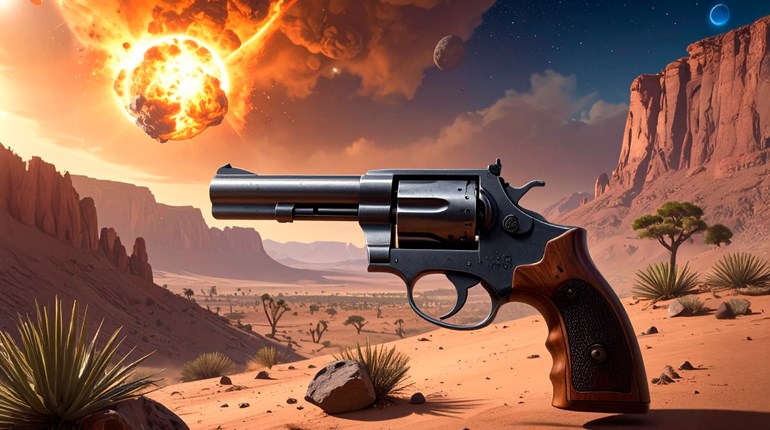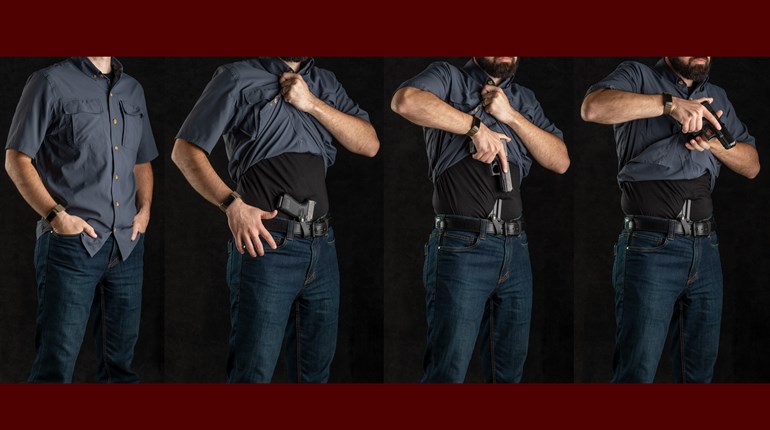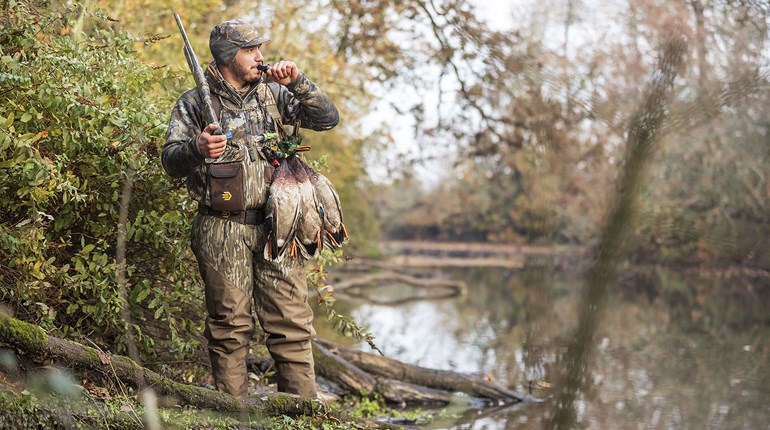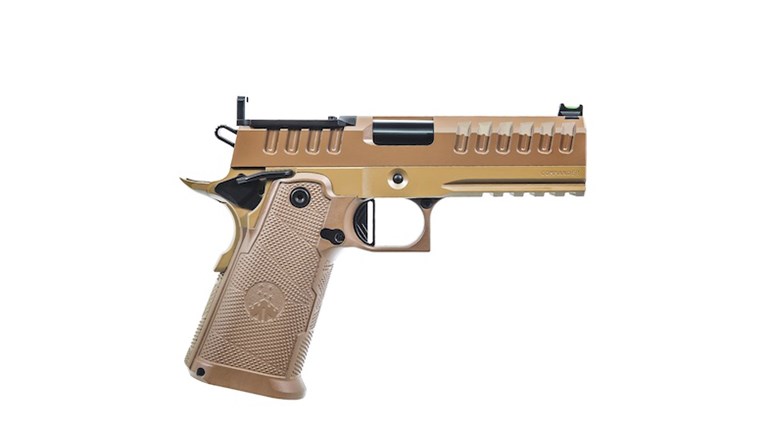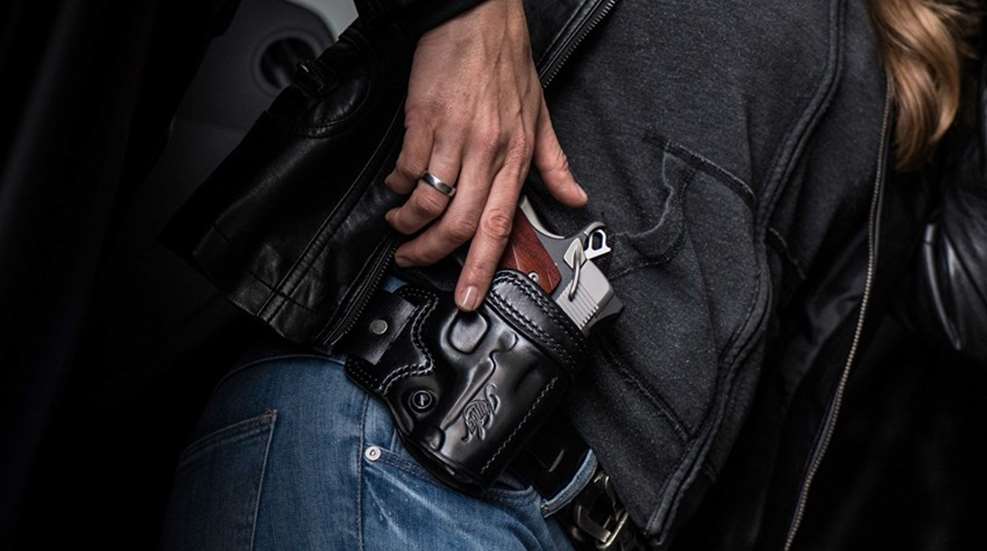
One of the unfortunate realities of carrying a concealed firearm for self-defense is that the one thing you will absolutely have to do in any real-life defensive gun use is also the one thing that is the most difficult to practice: Drawing the concealed firearm.
The majority of indoor ranges...and no small percentage of outdoor ones...get the vapors at the idea of patrons drawing loaded guns for practice on their premises, and for good reason. It is a probably-statistically-provable fact that drawing a loaded firearm from a concealed holster is the second most dangerous thing most folks do with their CCW handgun. And I say “second” because the only more dangerous thing is putting it into the holster in the first place.
Did this make you a little nervous? I hope so, because when people stop treating this process like they're milking a live rattlesnake is when complacency sets in and the ambulance rides start.
The thing is, being under stress makes it difficult to learn new skills, and the middle of a holdup attempt is a heck of a time to try and figure out how to draw your pistol from concealment in a hurry.
One thing I would recommend for practicing drawing from a concealed holster is a “blue gun,” an inert plastic copy of your actual carry gun that will fit in your actual carry holster. Eventually you'll incorporate your carry gun and the draw into your dry-fire routine (you do have a dry-fire routine, right?) but it's easiest to start with a completely inert copy.
One thing that this will allow you to do is work out how practical various carry methods are for rapidly and safely accessing the gun in the first place, as well as working out safe ways to draw without muzzling yourself or others. This will also help you screen your cover garments for safety and ease of draw and holstering. Heavier fabrics tend to be better for cover garments because lighter materials want to bunch up around the hand, gun and holster, which can become a safety issue.
Oh, and drawstrings and dangling zipper pulls on cover garments are a big no-no. Those find their way into trigger guards as though drawn by a magnet.
You'll also find out if you can access the gun at least somewhat surreptitiously. One phrase I've heard from many trainers is “sooner is better than faster.” What this means is that paying attention to your surroundings and perhaps prepping your draw by getting your hand on your concealed firearm without drawing removes one of the most time-consuming portions of the draw sequence.
My friends John Johnston and Melody Lauer at Citizens Defense Research like to illustrate this in their training classes by showing students the “magic secret to the sub-1-second draw from concealment” and letting students see the difference in draw times between a standard draw and starting prepped with hand on the gun.
This, incidentally, is one of the downsides to deep concealment methods like SmartCarry or the Flash Bang bra holster. One would look a little funny accessing a gun in one of those positions as a precaution in a parking lot.
All these initial steps to selecting and testing a carry position are great uses for the blue gun, and it will be handy down the road for retention training and a host of other things, but you are going to want to be able to do it with your actual carry gun eventually.
The actual skill of drawing a loaded firearm on the clock is probably best initially learned under the watchful eye of an actual qualified trainer, but once you've learned it, how and where do you safely practice it?
If you're lucky, your local range allows it. I mean, it can't hurt to ask. The most recent range at which I worked did not allow customers to draw from the holster but the previous one did if they passed a simple qualifier. We'd just have one of our range safety officers go out and watch the customer draw from the holster and re-holster five to 10 times and if they did it safely, we'd make a notation in their customer file that they were cool for drawing from the holster.
If the regular commercial range doesn't allow it, you can seek out various private clubs in your area and see if they do. This is a lot more common and definitely worth looking into, since the club may open another good venue for practicing drawing from concealment: competition.
Of the two major run-'n'-gun handgun sports, USPSA and IDPA, the latter actually mandates drawing from concealment while the former doesn't prohibit it. Going the competition route will not only let you get practice drawing from concealment but will add some time pressure and stress, too, and the chance to perform this skill while getting a little stress inoculation to go with it is definitely worthwhile.














